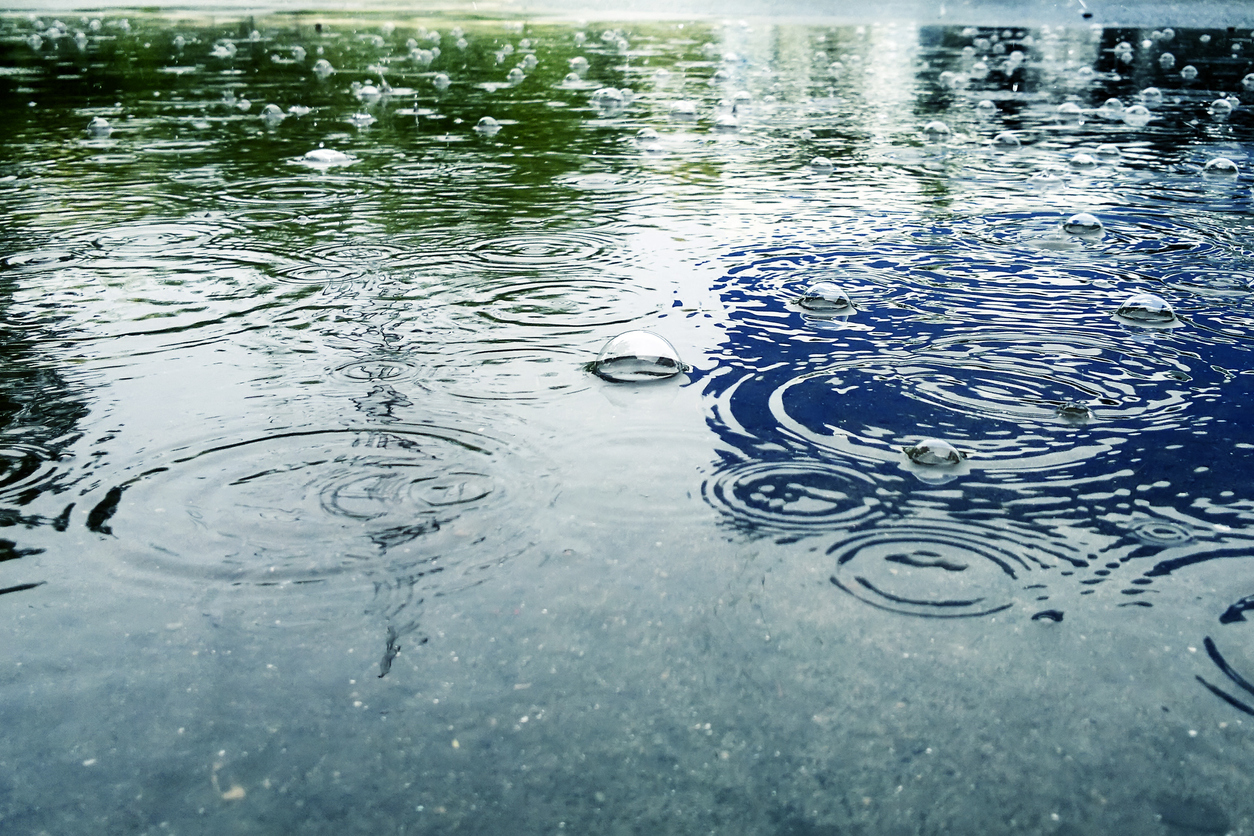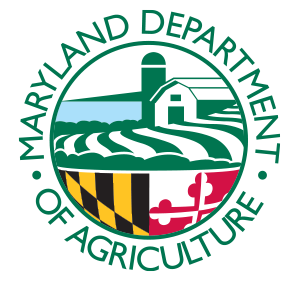
Raindrops falling into a lake
The Water Cycle
Grades 3-5
We see water every day in nature, in the form of rivers, lakes, streams, oceans, and even the rain that falls from the sky. But how does the water from these rivers, lakes, streams, and oceans end up in the sky to form rain? We will learn the answer to this in this lesson.
Teacher's Guide and Related Standards
I can explain how water is cycled throughout the world.
- What is the water cycle and why is it important?
- How does water move around the planet?
Video Clip
- What is evaporation and how does evaporation occur?
- What are the similarities and differences between evaporation and transpiration?
- What is condensation and how does evaporation occur?
- What is precipitation and how does evaporation occur?
Vocabulary
Supplemental Enrichment Activities
Students will use a clear baggie, water, and colored markers in order to create their own 3D water cycle models.
Have students read the article to enhance their vocabulary with the processes of the water cycle including evaporation, transpiration, condensation, and precipitation.
Students will fill in the terms in the interactive to develop an accurate model of the water cycle.
Career Connections


